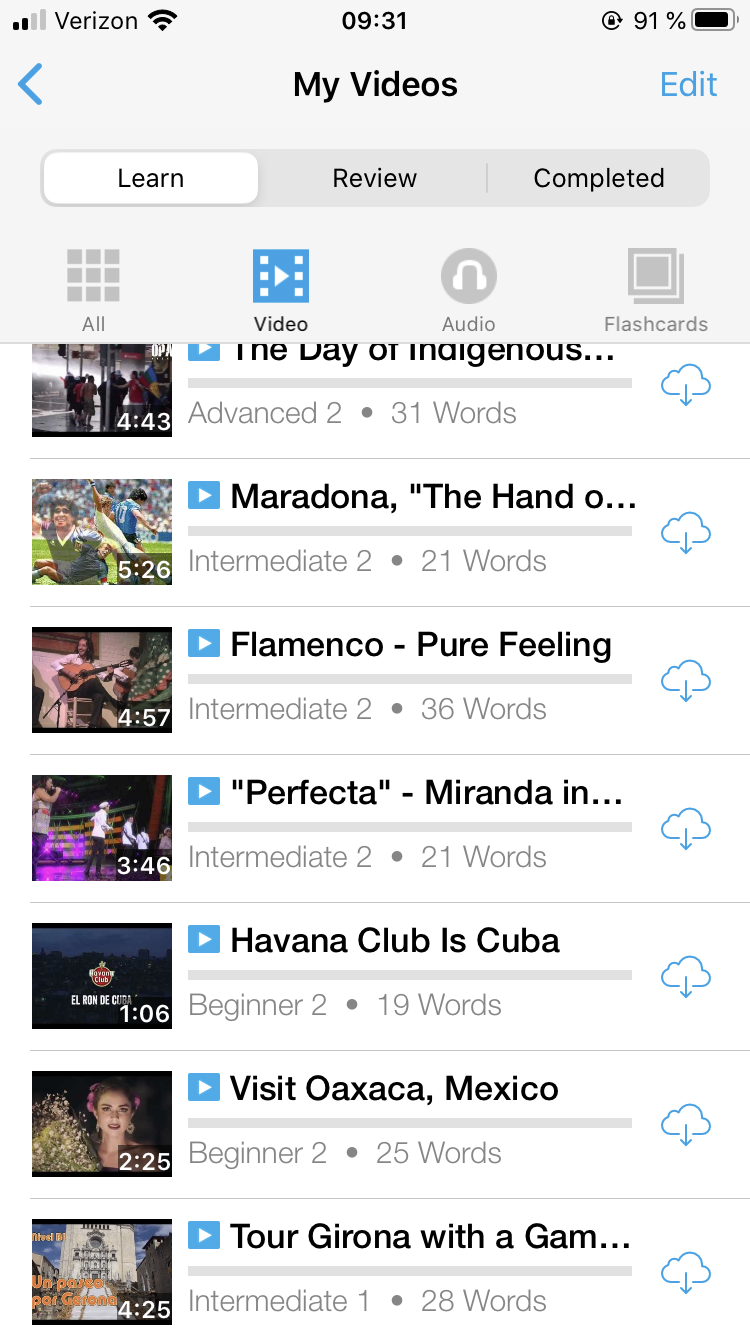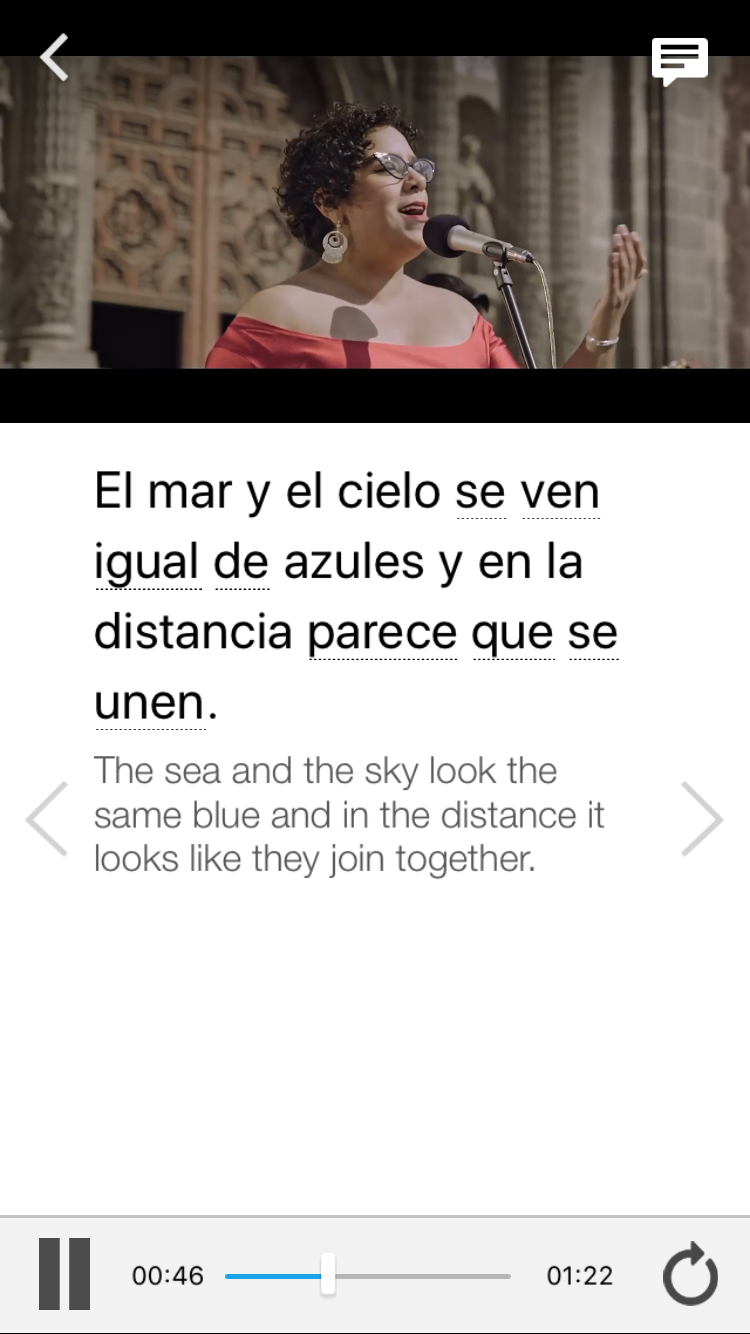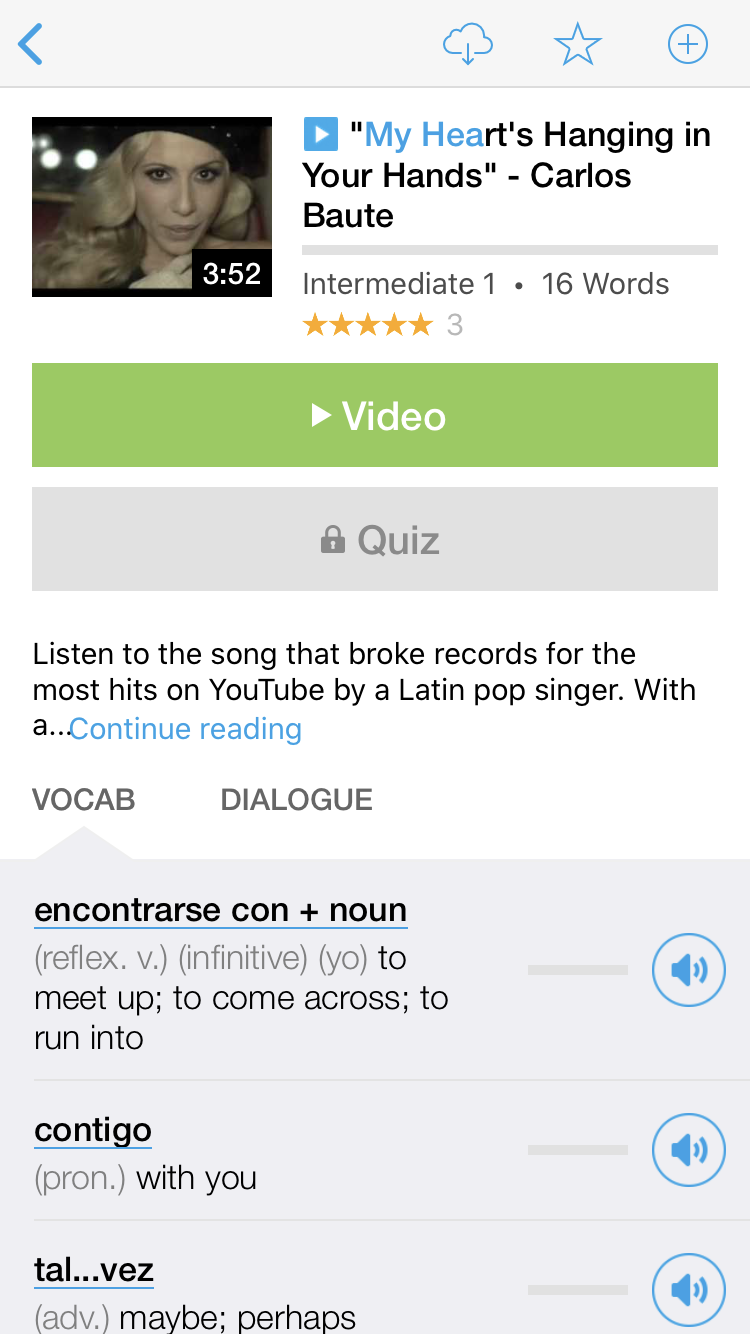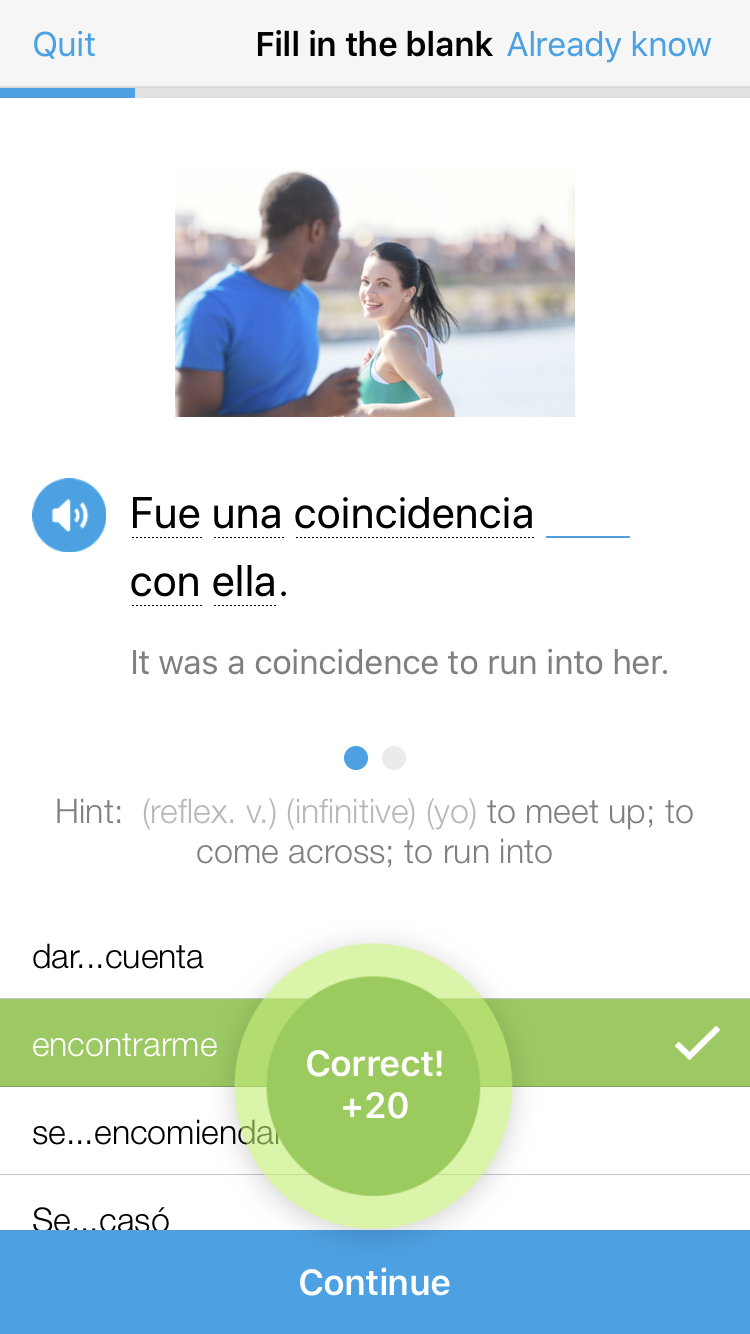
There is a word in Spanish I like to call the possession police.
This word is not a possessive per se, but it always has something to do with possession.
As you may have guessed from the title, this possession police word is Spanish cuyo (whose, of which), and this post will teach you all about it.
So, why is it the possession police?
The answer is quite simple, but you will understand it completely after you read the whole post.
In short, cuyo and its forms always refer back to a person or thing which appears before them in the sentence (this is called the antecedent).
Following cuyo is another person or thing.
Cuyo‘s mission in the sentence is making clear that the antecedent is the possessor of the second person or thing. No one can overrun this. It is the possession police, after all!
But jokes aside, cuyo is a very important word that helps us identify possessor and possessed in a sentence, and additionally allows us to introduce more information in the form of a relative clause.
Even though I call it the possession police, cuyo is actually not a possessive word but a relative adjective.
And you must be wondering now… what on earth is a relative adjective?
Download:
This blog post is available as a convenient and portable PDF that you
can take anywhere.
Click here to get a copy. (Download)
All About Relative Adjectives like Cuyo in Spanish
Relative adjectives are adjectives that show relation in sentences. They refer back to something or someone that has already been mentioned (the antecedent) and introduce new information about them in the form of a relative clause.
All this sounds way more complicated than it is in reality.
Let’s have a look at one example with our guest star of the day:
La chica cuyo gato es negro es mi hermana. (The girl whose cat is black is my sister.)
This sentence contains an antecedent (the girl), the relative adjective cuyo (whose) and additional information that can be analyzed like this:
gato (cat) — This is the noun possessed by the girl, who is the owner.
es negro (is black) — This is the new information about the cat.
es mi hermana (is my sister) — This is the new information about the antecedent.
Every sentence with cuyo or one of its siblings (cuya, cuyos and cuyas, all meaning “whose”) will look similar to the previous example. They will always follow this pattern:
antecedent + cuyo + a noun
The new information will normally come at the end of the sentence:
El hombre cuya bufanda es roja es mi padre. (The man whose scarf is red is my father.)
However, we can also have that information at the beginning:
Mi padre es el hombre cuya bufanda es roja. (My father is the man whose scarf is red.)
Either way, both in Spanish and English, the meaning of the sentence is the same: I have a father and he is the man who is wearing a red scarf.
Now that you know what a relative adjective is and how to form sentences with it, let’s have a look at the whole cuyo family.
Cuyo is one of those words English speakers love because of its simplicity.
It is very easy to translate (whose, of which) and it behaves very well for a Spanish word. Do not let it intimidate you just because it is the possession police!
Cuyo has three siblings: cuya, cuyos and cuyas, but before we take a look at them in detail, let’s get to know cuyo a little better and compare it with English “whose.” And once you read this post, you can check out the word in all its forms and uses on FluentU.
How to Use Cuyo in Spanish: Cuyo vs. Whose
Cuyo and “whose” function very similarly in their respective languages. They both refer to an antecedent and introduce information in the form of a relative clause.
You can observe the parallelisms in these two sentences:
La mesa cuya pata está partida es mía.
The table whose leg is broken is mine.
Of course, not all Spanish sentences and their translations into English will have a one-to-one correspondence, but generally speaking, cuyo and “whose” require the exact same components in their sentences (antecedent, relative, possessed thing/person, new information), so their structures will be very similar most of the times.
There are a couple of differences between the two words, though, and some things to take into account when building sentences with cuyo:
1. While English only has “whose” for all genders and numbers, Spanish has four forms: cuyo (masculine singular), cuya (feminine singular), cuyos (masculine plural) and cuyas (feminine singular). Here they are in action:
El niño cuyo libro es verde vive en Madrid. (The kid whose book is green lives in Madrid.)
El hombre cuya bicicleta está rota vende coches. (The man whose bike is broken sells cars.)
La mujer cuyos hijos son cocineros acaba de llegar. (The woman whose children are cooks has just arrived.)
El avión cuyas azafatas son de Miami acaba de aterrizar. (The plane whose stewardesses are from Miami has just landed.)
2. These four forms always have to agree with a noun (because they are adjectives), but they do not agree with the antecedent! Instead, they agree with the possessed thing or person:
El niño cuyo libro es verde vive en Madrid. (The kid whose book is green lives in Madrid.)
El hombre cuya bicicleta está rota vende coches. (The man whose bike is broken sells cars.)
La mujer cuyos hijos son cocineros acaba de llegar. (The woman whose children are cooks has just arrived.)
El avión cuyas azafatas son de Miami acaba de aterrizar. (The plane whose stewardesses are from Miami has just landed.)
3. The nouns these relative adjectives agree with will always follow them:
Visitó la casa cuyo dueño es de Venezuela. (He visited the house whose owner is from Venezuela.)
Not: *Visitó la casa dueño cuyo es de Venezuela. (*He visited the house owner whose is from Venezuela.)
Now you are completely ready to enjoy everything each of these four little words can offer you in Spanish!
I have divided them into four groups just for clarity’s sake.
Believe it or not, you already know everything there is to know about them, so the rest of this post consists mainly of examples. The sentences in each group only contain the corresponding relative adjective, so it will be easier for you to see and understand each of them.
Enjoy!
The Spanish Cuyo and Its Siblings
1. Cuyo
Cuyo is the masculine singular relative adjective. The nouns following it have to be masculine singular as well:
He comprado el teléfono cuyo teclado es amarillo. (I have bought the phone whose keyboard is yellow.)
El hombre cuyo paraguas he encontrado es de Nueva York. (The man whose umbrella I have found is from New York.) Note: Even though paraguas looks plural, it is singular!
Mi madre, cuyo vestido es azul, está allí. (My mum, whose dress is blue, is over there.)
2. Cuya
Cuya is the feminine singular relative adjective. The nouns that follow it are also feminine singular:
Ha venido la chica cuya madre es peruana. (The girl whose mom is Peruvian has arrived.)
El hombre cuya mujer es Marta acaba de llamar. (The man whose wife is Marta has just called.)
Mi ordenador, cuya letra F no funciona, es muy caro. (My computer, whose F key does not word, is very expensive.)
3. Cuyos
Cuyos is the masculine pural relative adjective. The nouns following it must be masculine plural, too:
Hemos visitado al chico cuyos amigos viven en Guadalajara. (We have visited the guy whose friends live in Guadalajara.)
Los estudiantes cuyos libros han sido robados están tristes. (The students whose books have been stolen are sad.)
El niño, cuyos padres están divorciados, vive con su abuela. (The kid, whose parents are divorced, lives with his grandma.)
4. Cuyas
Cuyas is the feminine plural relative adjective. The nouns following it are feminine plural as well:
Vivo en una ciudad cuyas calles son muy estrechas. (I live in a city whose streets are very narrow.)
La chica cuyas hermanas puedes ver en esta foto vendrá luego. (The girl whose sisters you can see in this picture is coming later.)
El perro, cuyas patas están partidas, no puede caminar. (The dog, whose legs are broken, can’t walk.)
Practice the Spanish Cuyo: Try It Yourself!
Ready to put this information into practice? Complete the following sentences with the correct relative adjective. Do not forget to look at the noun after the blank to decide which form of cuyo to use! You can find the solutions at the end of the post.
1. El niño, _______ madre es enfermera, es muy divertido. (The kid, whose mom is a nurse, is very funny.)
2. Este es el hombre _______ hijos son cocineros. (This is the man whose children are cooks.)
3. La chica _______ libro es verde no ha llegado todavía. (The girl whose book is green has not arrived yet.)
4. Necesito el teléfono _______ teclado es amarillo. (I need the phone whose keyboard is yellow.)
5. Esta es la mujer _______ padres murieron el año pasado. (This is the woman whose parents died last year.)
6. Ana, _______ hermanas son estudiantes, vive conmigo. (Ana, whose sisters are students, lives with me.)
7. Esta es la frase _______ solución puedes encontrar al final del post. (This is the sentence whose solution you can find at the end of the post.)
And that is it!
Didn’t I tell you this was as easy as pie?
Sentences with cuyo may seem a little bit more complicated and sophisticated than normal ones, but I promise you that you will feel super proud of yourself once you start using this family of words.
So get out there and start using cuyo like there is no tomorrow so that one day I will be able to say:
Le enseñé español a un estudiante cuyo español ahora es fantástico. (I taught Spanish to a learner whose Spanish now is fantastic.)
Stay curious and, as always, happy learning!
Solutions:
1. cuya 2. cuyos 3. cuyo 4. cuyo 5. cuyos 6. cuyas 7. cuya
Download:
This blog post is available as a convenient and portable PDF that you
can take anywhere.
Click here to get a copy. (Download)
And One More Thing…
If you’ve made it this far that means you probably enjoy learning Spanish with engaging material and will then love FluentU.
Other sites use scripted content. FluentU uses a natural approach that helps you ease into the Spanish language and culture over time. You’ll learn Spanish as it’s actually spoken by real people.
FluentU has a wide variety of videos, as you can see here:

FluentU brings native videos within reach with interactive transcripts. You can tap on any word to look it up instantly. Every definition has examples that have been written to help you understand how the word is used. If you see an interesting word you don’t know, you can add it to a vocab list.

Review a complete interactive transcript under the Dialogue tab, and find words and phrases listed under Vocab.

Learn all the vocabulary in any video with FluentU’s robust learning engine. Swipe left or right to see more examples of the word you’re on.

The best part is that FluentU keeps track of the vocabulary that you’re learning, and gives you extra practice with difficult words. It’ll even remind you when it’s time to review what you’ve learned. Every learner has a truly personalized experience, even if they’re learning with the same video.
Start using FluentU on the website with your computer or tablet or, better yet, download the FluentU app.



